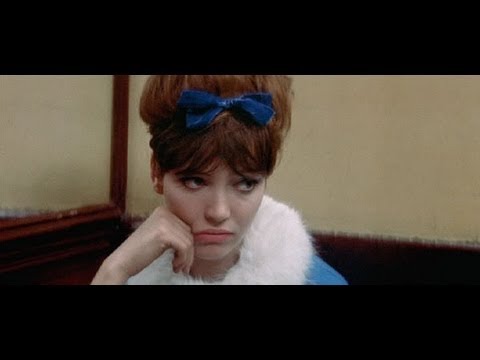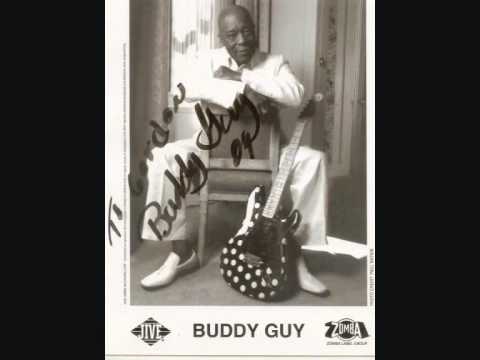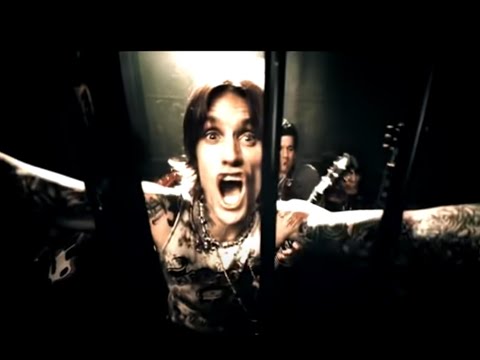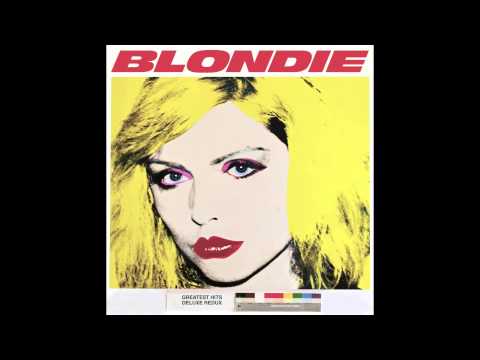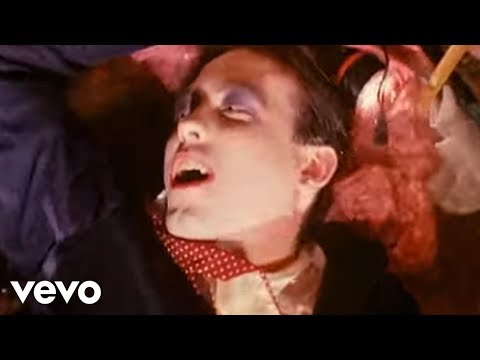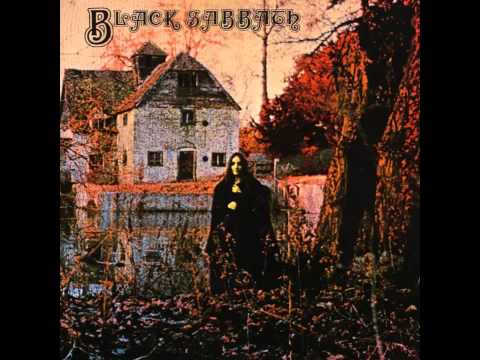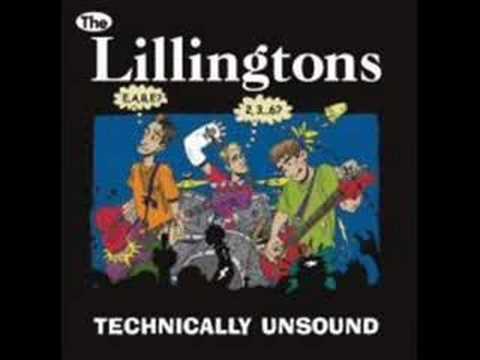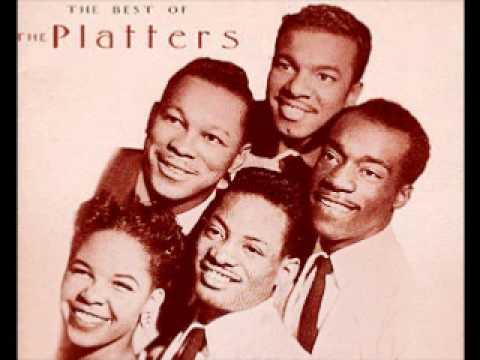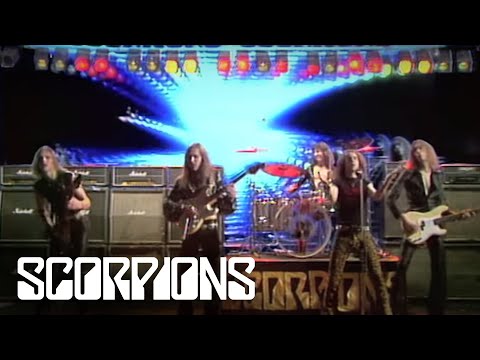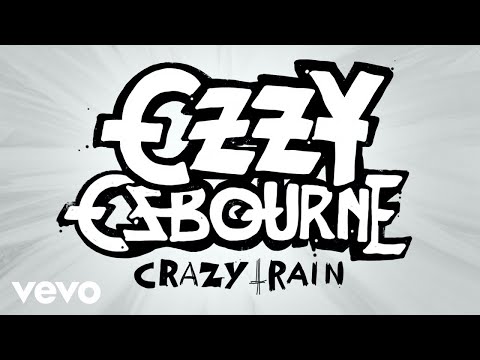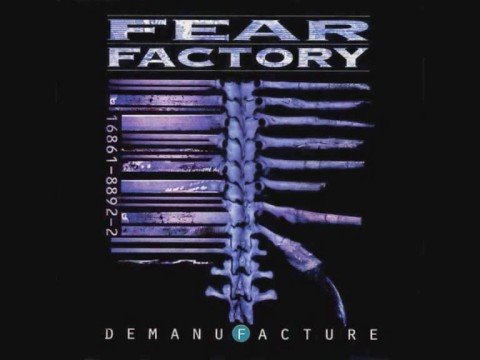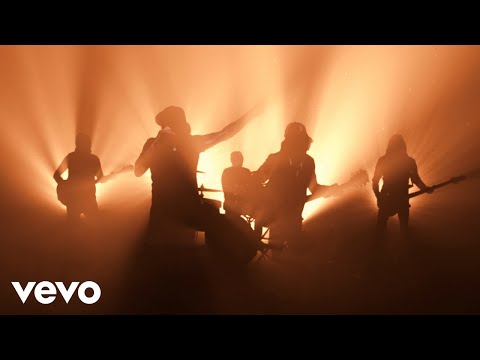You may have noticed that some guitar players have a strange looking apparatus attached to the neck of their guitars, and wondered what it was. This device is known as a capo, and in a nutshell, it is used to shorten the length of a guitar’s strings. A capo can be used on other stringed instruments as well, including banjos and ukuleles. Keep reading to learn more about how a capo works, and why guitar players use this device.
What is a Capo?
As mentioned in the introduction, a capo is basically a device that shortens the length of a guitar’s strings, and acts as a new nut. When a capo is used, the open strings play one half-step higher for each fret. So, if the capo is placed on the third fret, the chords would be played one and a half steps higher than normal.
Before we get into the nuts and bolts of the capo, let’s just talk about the guitar’s nut. The nut can be found at the junction between the guitar’s fretboard and headstock. This thin, plastic strip has grooves for the strings so they can be properly placed.
A capo is often thought of as a “removable nut”. This is because like the nut, the capo terminates vibration. The difference is that the capo doesn’t have grooves for the strings. Instead, it presses down on the fretboard to stop the vibration.
Why do You Need a Capo?
There are actually several reasons why guitar players use capos. The main reason is that using a capo allows the musician to play in different keys without having to re-tune their instruments. The pitch of the open notes is changed, while the fretted notes can remain the same. This can come in quite handy when playing on stage, because there is no time wasted on re-tuning between songs.
Is it Considered Cheating to Use a Capo?
Many people think that using a capo is a form of cheating while playing the guitar. Remember, just because using a capo makes things a bit easier, it doesn’t mean the musician is cheating. Think of a capo as a tool that allows the guitar player to be more well-rounded.
Capos are often used by beginners who are having difficulty with fingering some chords that require a lot of stretching in the hand and fingers. Over time, the musician will gain these skills, but in the early stages, a capo can really help a lot. This is in no way considered cheating. It is simply a learning aid.
Capos are Great for Singers
In order for a singer to be able to sing in a particular key, capos are often used. This lets guitar players make adjustments to the song so the singer doesn’t have to try and adjust their own voice for the song, which can often be quite difficult.
In addition to making it easier for singers, it also makes things easier for guitar players. This is because they won’t have to re-work songs with different chord shapes to align with the singer.

Get a Brighter Sound
When you use a capo, you are going to get a brighter sound. In fact, the higher up the neck the capo is placed, the brighter the sound is going to be. In fact, the higher you put it, the more the guitar will end up sounding like a mandolin.
While this is not something you would want to do all the time, this can be a great thing when you are playing with another guitarist. It will allow you to be able to harmonize. For instance, one guitar player could be playing in the key of C, while the other player will be playing with a capo at the 5th fret, so a G chord would sound in C.
Use Open/Fretted String Combinations in Any Key
Some musical styles, such as folk music, require the guitar player to use a combination of open and fretted strings. But, there are times when this can become quite difficult, and the capo can be used as a tool to help make playing much easier.
In fact, some songs would be almost impossible to play without a capo. For instance, “Fire and Rain” by James Taylor is played in the key of A. Taylor uses a capo at the 3rd fret so the music is three steps higher to fit with his vocal range. To play this song without a capo would be impossible, since the open strings only exist in the key of A.
Conclusion
Even if you don’t think you need one, it is a good idea to purchase a capo. The cost is less than $20, so it isn’t going to break the bank. This can be a handy little tool to have on-hand when you need to change the musical key in a hurry, and it can help you to achieve notes that would be impossible to play otherwise.



